Entertainment
‘Cool Mom’ Teresa Giudice ‘Never’ Let Daughter Gia Have a Sleepover on November 23, 2023 at 1:00 pm Us Weekly

The Real Housewives of New Jersey’s Teresa Giudice tries her best to be a “cool mom” for her daughters, but there are a few rules she refuses to budge on.
“My parents were off the boat, very Italian, very strict,” Giudice, 51, exclusively told Us Weekly in the latest installment of “Mama Knows Best” while promoting her Giudice Girls x Shein collection with eldest daughter Gia, 22. “I wanted to go to FIT and my dad wouldn’t let me … I didn’t want to be like that with [my kids].”
Along with Gia, Teresa shares daughters Gabriella, 19, Milania, 17, and Audriana, 14, with ex-husband Joe Giudice. The girls have grown up in the Bravo spotlight, but Teresa has still urged them to follow their own dreams.
“The best advice that I’ve gotten from my mom during college and post-college is honestly to do everything that she has never done,” Gia told Us. “She always said, ‘Make sure you girls travel [and] experience everything.’”
Gia graduated from Rutgers University earlier this year. Her mother, meanwhile, attended Berkeley College in New Jersey — just 10 minutes away from the house she grew up in. “I never went away to college, so I wanted them to have that experience,” Teresa shared.
Gia Giudice and Teresa Giudice. Dia Dipasupil/Getty Images
However, Teresa’s relaxed parenting philosophy didn’t spare Gia from some rules that weren’t extended to her younger sisters later on — a plight older siblings know all too well. “I did start out [more strict] with Gia, she never had a sleepover,” Teresa told Us.
Gia “would get mad” when her siblings were able to have friends spend the night.. “I was like, ‘Why are they allowed?’” she recalled.
Teresa explained that her perspective on sleepovers shifted “when all of the legal stuff happened between Joe and I,” referencing the time she and Joe spent in jail after pleading guilty to fraud in 2014.
The Giudice household also has some rules about dating. “They can’t bring their boyfriends in their rooms, obviously” Teresa told Us. “And they can’t sleep over.”
Gia Giudice, Teresa Giudice and Audriana Giudice. Gotham/WireImage/Getty Images
Gia has picked up some tips from her mother about dating — and it seems like the lessons stuck. “The best advice my mom has given me about dating is for one, for me to always be happy in the relationship, and two is to keep my standards very high,” Gia said.
The Giudice girls are no strangers to being in front of the cameras, with most of their lives being documented on RHONJ — including Audriana’s birth. In 2021, a video of Gia singing the “sad song” she wrote and performed about her family’s drama on the reality series took TikTok by storm.
While Teresa may be the star of the series, her kids often help keep her calm when filming RHONJ. “I give my mom advice,” Gia told Us. “Me and Gabrielle are, like, the voice of reason.”
Reality TV fame aside, Teresa just wants what is best for her girls. “Don’t do anything you’ll regret, or ask me first and I’ll tell you yes or no,” she jokingly told Gia. “I’m the coolest mom.”
The Giudice Girls x Shein collection features Teresa alongside Gia, Milania and Audriana all dressed up for the holiday season. The 100-piece collection includes two-piece blouse sets with skirts and pants, bodycon dresses and silky pajamas in sizes up to 5X.
With reporting by Christina Garibaldi
The Real Housewives of New Jersey’s Teresa Giudice tries her best to be a “cool mom” for her daughters, but there are a few rules she refuses to budge on. “My parents were off the boat, very Italian, very strict,” Giudice, 51, exclusively told Us Weekly in the latest installment of “Mama Knows Best” while
Us Weekly Read More
Entertainment
Selling Your Soul in Hollywood: The Hidden Cost of Fame
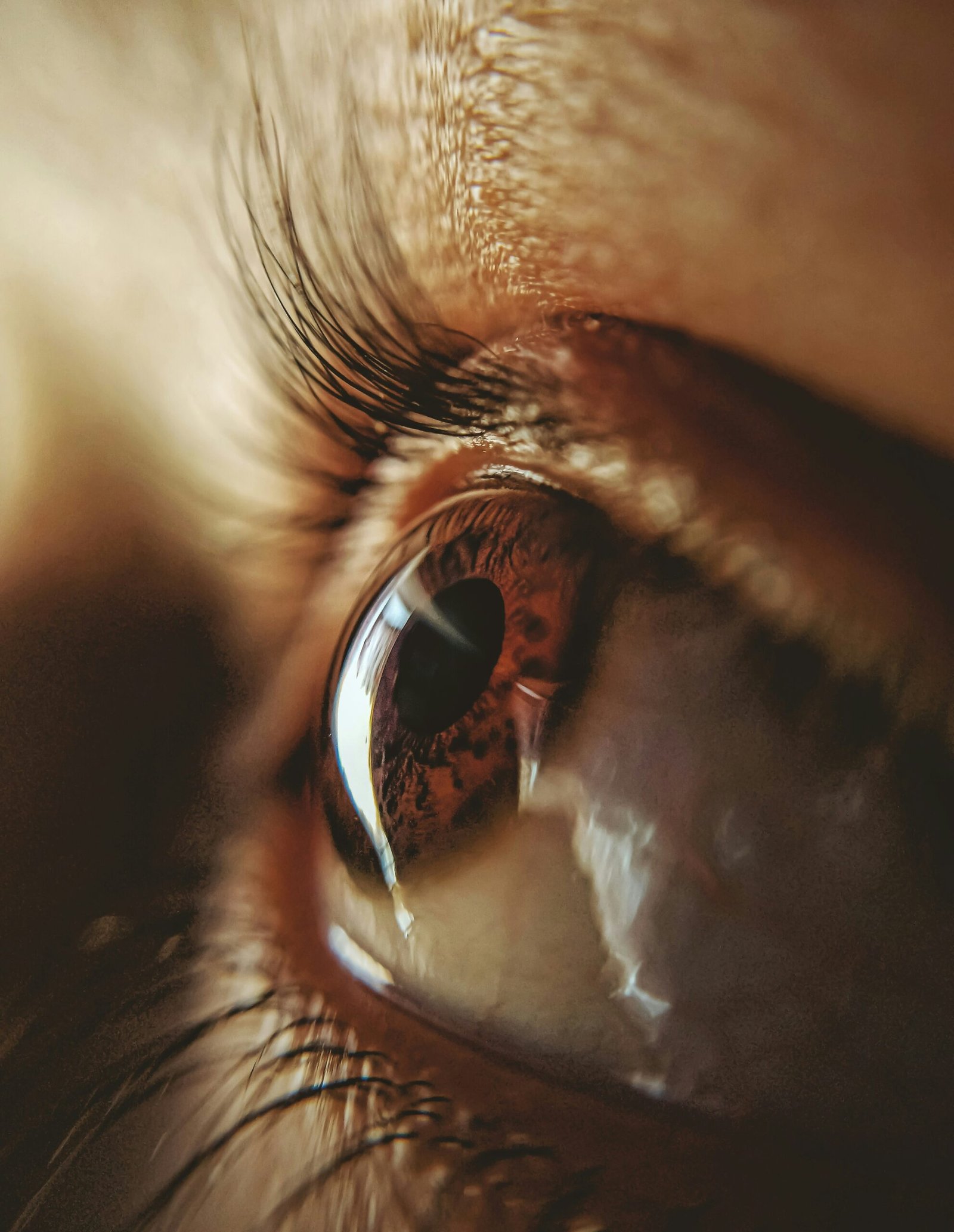
By all appearances, Hollywood is a dream factory — a place where charisma, talent, and luck collide to create stars. But behind the camera lights and red carpets lies a conversation few inside the industry speak openly about: the spiritual and moral price of ambition.
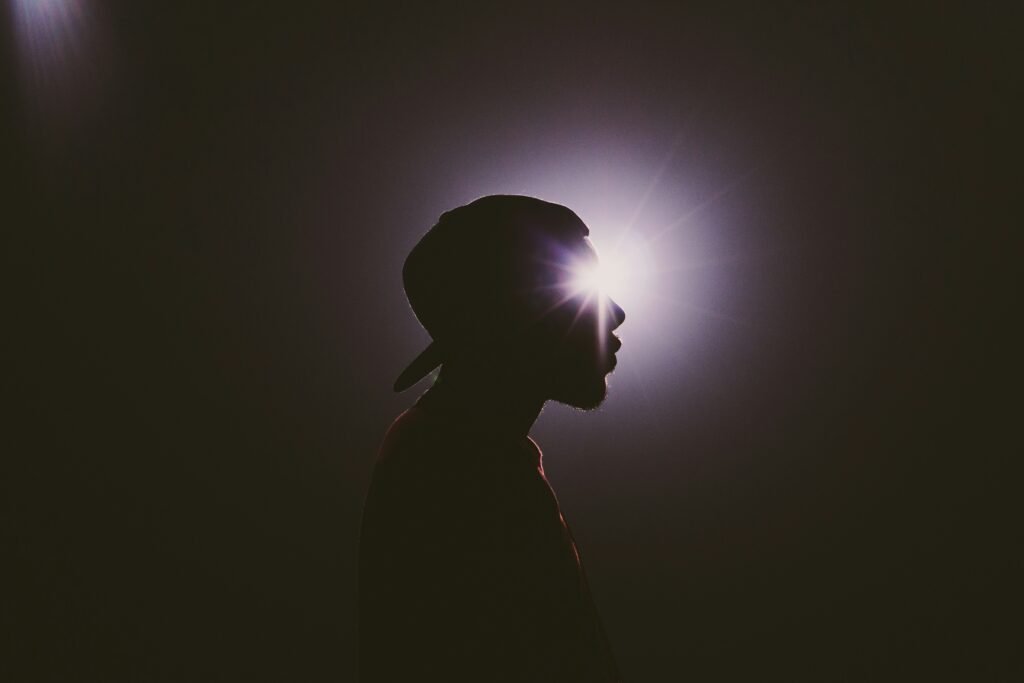
For actor Omar Gooding, the idea of “selling your soul” in Hollywood isn’t a metaphor — it’s a moral process that begins with tiny compromises. In an October 2025 interview, Gooding explained that no one in Hollywood makes a literal deal with the devil. Instead, it’s the quiet yeses, the moments when comfort overrides conviction, that mark the beginning of the trade. “They don’t say, ‘Take this or you’ll never make it,’” he said. “They just put it in front of you. You choose.”
Those choices, he argues, create a pattern. Once you show that you’ll accept something you once resisted, the industry notices. “Hollywood knows who it can get away with what,” Gooding said. “One thing always leads to another.” The phrase “selling your soul,” in this context, means losing your say — doing what you’re told rather than what you believe in.
That moral tension has long shadowed the arts. Comedians like Dave Chappelle, who famously walked away from millions to preserve his creative integrity, often serve as examples of where conviction and career collide. In resurfaced interviews, Chappelle hinted that he felt manipulated and silenced by powerful figures who sought control of his narrative, warning that “they’re trying to convince me I’m insane.”
This isn’t just about conspiracy — it’s about agency. Hollywood runs on perception. Performers are rewarded for being agreeable, moldable, entertaining. Those who question the machine or refuse the script risk exile, while those who conform are elevated — sometimes beyond what they can handle.
“We see the ‘collections’ all the time,” Gooding explained. “When the bill comes due, you can tell. They made that deal long ago.”
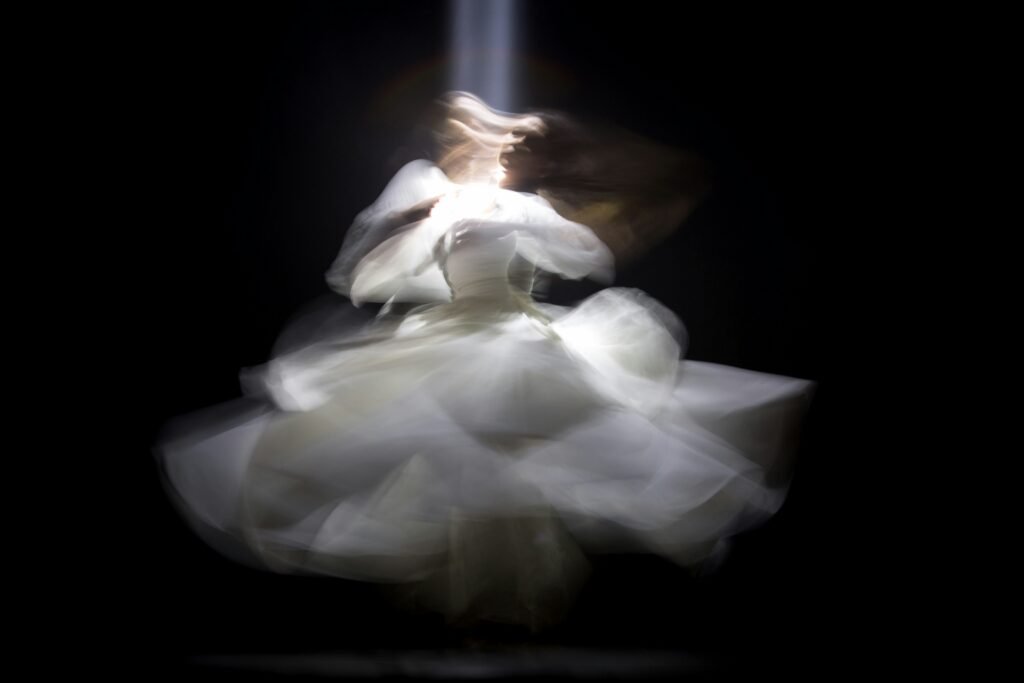
But the story doesn’t end in darkness. Gooding also emphasizes that in today’s entertainment landscape, artists have more control than ever. With streaming, social media, and creator‑driven platforms, performers don’t have to “play the game” to be seen. Independent creators can build their own stages, speak their own truths, and reach millions without trading authenticity for access.
Still, the temptation remains — recognition, validation, quick success. And every generation of artists must answer the same question: What are you willing to do for fame?
As Gooding put it, “You just make the best choices you can. Because once it’s gone — your name, your peace, your soul — there’s no buying it back.”
Entertainment
California Bans AI Clones from Replacing Real Talent

California just made a dramatic stand for human creativity, defeating the threat of AI actor clones with a sweeping new law that puts people—not algorithms—back in the Hollywood spotlight. With the stroke of Governor Gavin Newsom’s pen in October 2025, the state has sent a clear message to studios, tech companies, and the world: entertainment’s heart belongs to those who create and perform, not to digital facsimiles.
California Draws a Hard Line: No More AI Clones
For months, the entertainment industry has been divided over the use of artificial intelligence in filmmaking. Studios, lured by promises of cost-cutting and creative flexibility, have invested in software that can mimic an actor’s face, voice, and even emotional range. But for performers, this wave of synthetic reproduction has triggered alarm—encouraged by chilling stories of deepfakes, unauthorized digital doubles, and contracts that let studios reuse a star’s likeness indefinitely, sometimes without pay or approval.
The new California law, anchored by AB 2602 and AB 1836, changes everything:
- Every contract must explicitly detail how studios can use digital replicas or voice models, preventing once-common “blank check” agreements that overlooked this risk.
- No one—not studios nor streaming giants—can create or release AI-generated clones of an actor, living or dead, without clear, written consent from the performer or their estate.
- The law gives families new powers to defend loved ones from posthumous deepfake exploitation, closing painful loopholes that once let virtual versions of late icons appear in new ads, films, or games.
Actors Celebrate a Major Victory
The legislation rides the momentum of the recent SAG-AFTRA strike, where real-life talent demanded control over their own digital destinies. Leaders say these protections will empower artists to negotiate fair contracts and refuse participation in projects that cross ethical lines, restoring dignity and choice in an industry threatened by silent algorithms.
Stars, unions, and advocacy groups are hailing the law as the most robust defense yet against unwanted AI replications.
As one actor put it, “This isn’t just about money—it’s about identity, legacy, and respect for real artists in a synthetic age.”
A New Chapter for the Entertainment Industry
California’s move isn’t just a victory for local talent—it’s a warning shot to studios everywhere. Companies will now be forced to rethink production pipelines, consult legal counsel, and obtain proper clearance before digitally cloning anyone. Global entertainment platforms and tech developers will need to comply if they want to do business in the world’s entertainment capital.

These laws also set a template likely to ripple through other creative fields, from musicians whose voices can be synthesized to writers whose work could be mimicked by generative AI. For now, California performers finally have a powerful shield, ready to fight for the right to shape their own public image.
Conclusion: Human Talent Takes Center Stage
With its no-nonsense ban on AI actor clones, California draws a bold line, championing the work, likeness, and very humanity of its creative stars. It’s a landmark step that forces the entertainment industry to choose: respect real talent, or face real consequences. The age of the consentless digital double is over—human performers remain the true source of Hollywood magic.
Entertainment
Chaos and Comedy: Darby Kingman’s “Camp Wackapoo: Rise of Glog”
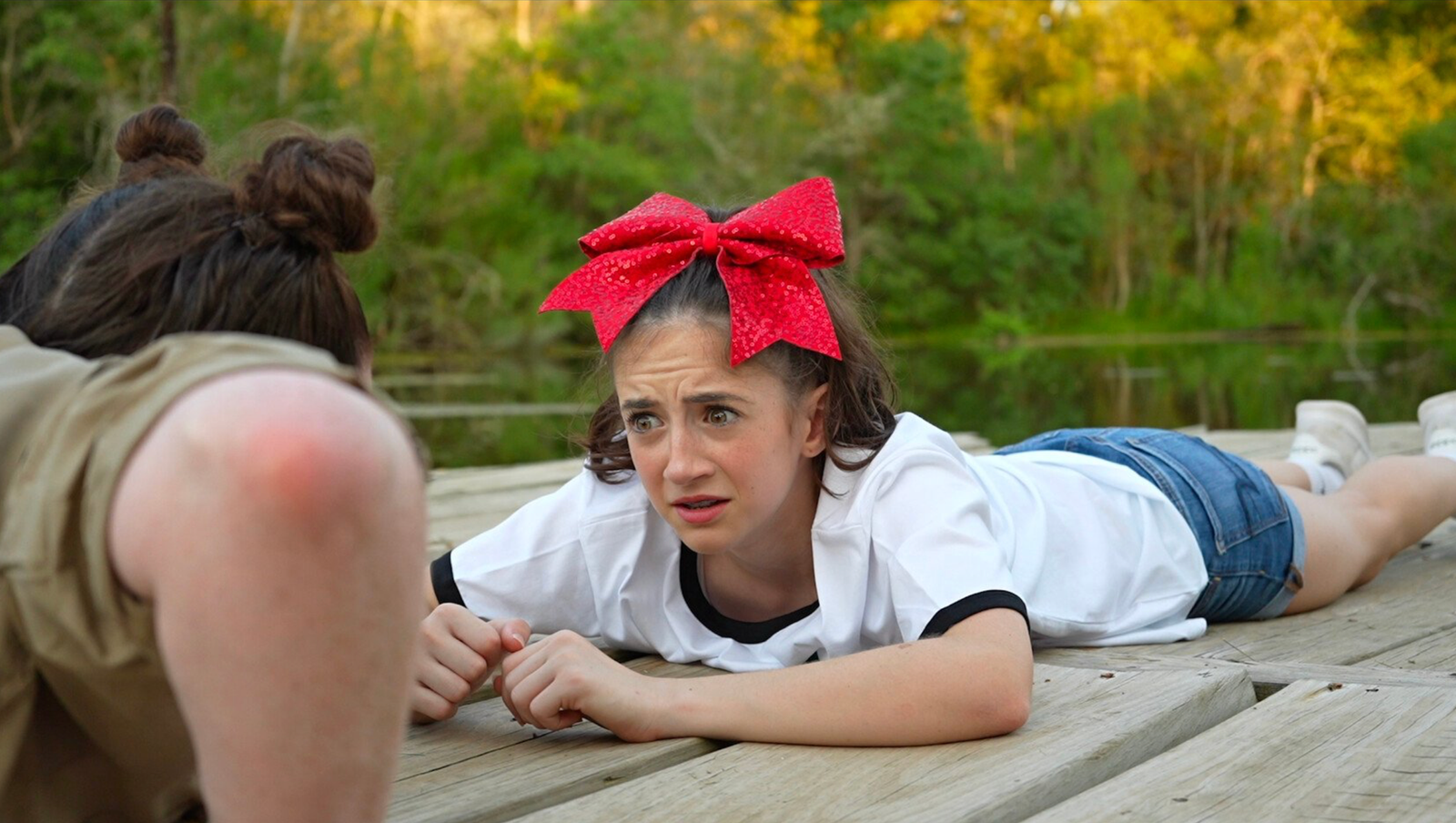
Darby Kingman’s “Camp Wackapoo: Rise of Glog” redefines summer camp comedy with a wild, energetic story about ambition, chaos, and the joy of embracing the unexpected. The film centers on a relentlessly competitive camp counselor who’s determined to finish first—only to face a motley crew of unruly campers and a summer unlike any other.
As Darby puts it, “Not everything is that deep. It really honestly was to make people laugh. She has all these kids that are not working with her and she’s just losing her mind. It’s crazy, silly, goofy, and it was a blast.”
What started as a simple scene for Darby’s acting reel evolved into a full-fledged film with encouragement from her mentor at Debbie Reynolds Acting School. Darby dove into every role—writing, directing, starring, and meticulously preparing each prop and costume. “Plan and prepare, but also be flexible and ready to be in the moment—that’s when the magic happens,” she advises.
Working with a handpicked cast of her own dance students, Darby built an atmosphere of real teamwork and camaraderie. She credits the “precious” energy of her young cast, her creative director of photography, and the overall spirit of her production team for turning the project into something bigger than herself. Her experience is an inspiring blueprint for indie filmmakers:
“Take initiative and control of your career. You can’t just sit around and wait for somebody to pick you. Figure out what you’re good at and go for it. Create something that brings joy to others.”
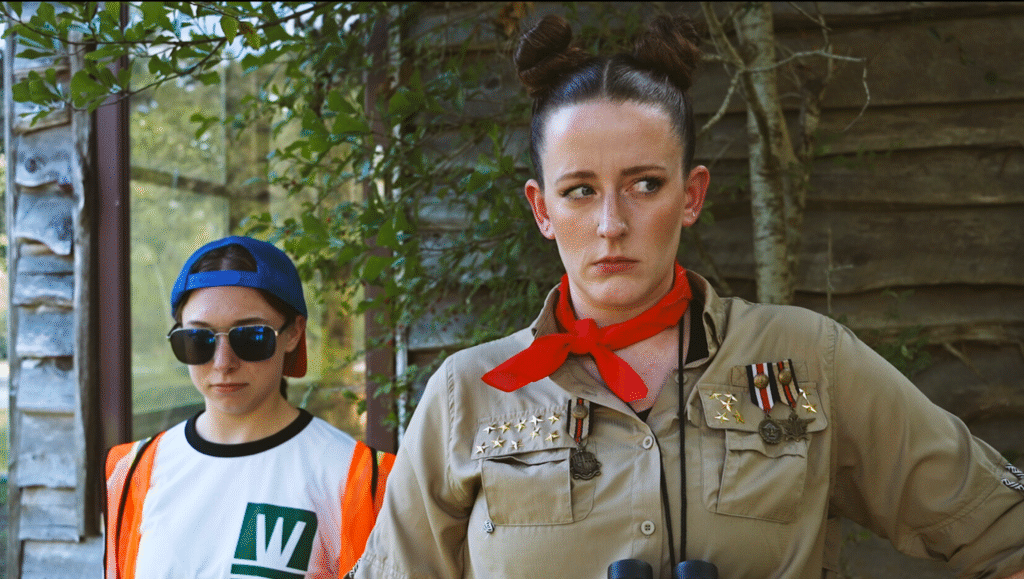
Her production motto? “Preparation is key, but you have to be ready to go with the flow—that’s when the magic happens.” Darby’s fearless creativity, focus on collaboration, and love for comedy shine throughout “Camp Wackapoo: Rise of Glog.” It’s more than just a camp satire—it’s a heartfelt testament to hard work, original humor, and leadership from the ground up: “People need to laugh right now. That’s a win.”
Catch “Camp Wackapoo: Rise of Glog” and experience Darby’s infectious energy and comic genius at the Deluxe Theatre on November 1, 2025. Get your tickets now at Houstoncomedyfilmfestival.com.

 Business4 weeks ago
Business4 weeks agoDisney Loses $3.87 Billion as Subscription Cancellations Surge After Kimmel Suspension

 Entertainment4 weeks ago
Entertainment4 weeks agoWhat the Deletion Frenzy Reveals in the David and Celeste Tragedy

 Entertainment4 weeks ago
Entertainment4 weeks agoExecutive Producer Debut: How Celia Carver Created Festival Hit ‘Afterparty’

 Health4 weeks ago
Health4 weeks agoRussia Claims 100% Success With New mRNA Cancer Vaccine

 Business3 weeks ago
Business3 weeks agoWhy Are Influencers Getting $7K to Post About Israel?

 Health4 weeks ago
Health4 weeks agoWhy Did Gen Z QUIT Drinking Alcohol?

 Advice4 weeks ago
Advice4 weeks agoHow AI Is Forcing Everyone Into the Entrepreneur Game

 Entertainment3 weeks ago
Entertainment3 weeks agoKeith Urban and Nicole Kidman Split After 20 Years as Actress Files for Divorce






























